Tree Aloe
- November 15, 2024
- 0 comment
The Tree Aloe, scientifically known as Aloidendron barberae, is a remarkable and towering species of aloe that contributes significantly to the landscapes and ecosystems of its native regions.
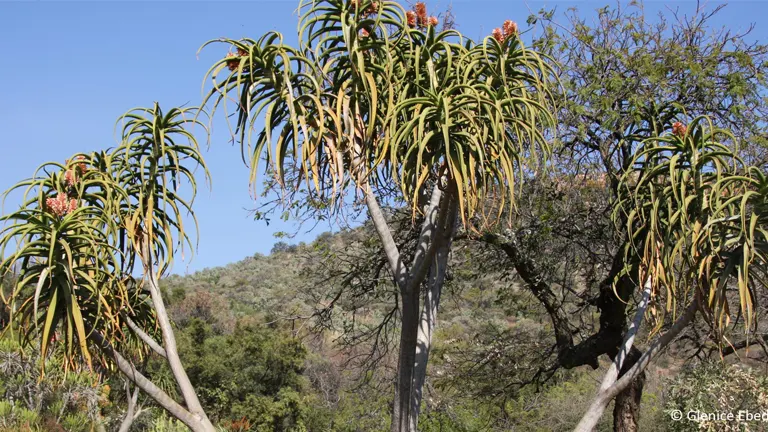
Known for its dramatic appearance and resilience, this tree plays an essential role in its habitat by providing shelter and food for various species, helping prevent soil erosion, and sustaining biodiversity.
Classified in the Asphodelaceae family, the Tree Aloe is valued not only for its ornamental appeal but also for its ecological importance, making it a fascinating subject for both botanists and gardeners.
What Is a Tree Aloe?
The Tree Aloe, or Aloidendron barberae, is the largest species in the aloe family, known for its distinctive look with a thick, succulent trunk and sprawling branches that can reach impressive heights of up to 60 feet (18 meters).
Its long, pointed leaves are dense, succulent, and arranged in rosettes at the ends of branches, helping it retain water a critical adaptation for survival in arid environments. The bark is grey and rough, giving it a unique texture, while the flowers, which bloom in winter, are typically bright pink or orange and grow in clusters, attracting pollinators like bees and birds.
Interesting Facts:
- Lifespan: Tree Aloes can live for many decades, often over 100 years, making them a long-lasting addition to ecosystems.
- Soil Health: Their succulent leaves drop and decompose, enriching the soil with organic matter.
- Cultural Significance: In some native African cultures, the Tree Aloe is respected as a symbol of resilience and strength.
Three Different Types of Tree Aloe Species
Several species belong to the genus Aloidendron, all of which are unique in form and ecology:
Aloidendron Dichotomum (Quiver Tree)
Known for its branching habit and ability to survive in desert environments.
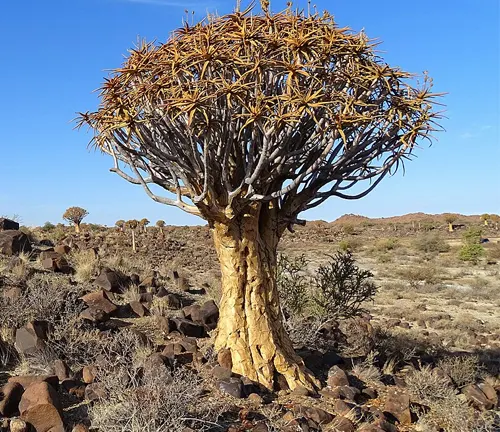
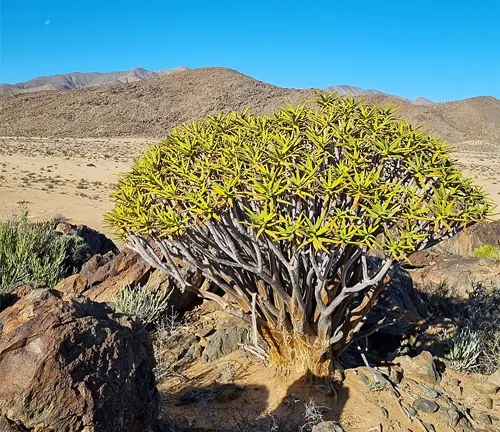
Aloidendron Ramosissimum (Maiden’s Quiver Tree)
A smaller species found in dry, rocky regions.
Aloidendron Tongaense (Tonga Aloe)
Found in Mozambique, it is notable for its compact size and tolerance to coastal conditions.
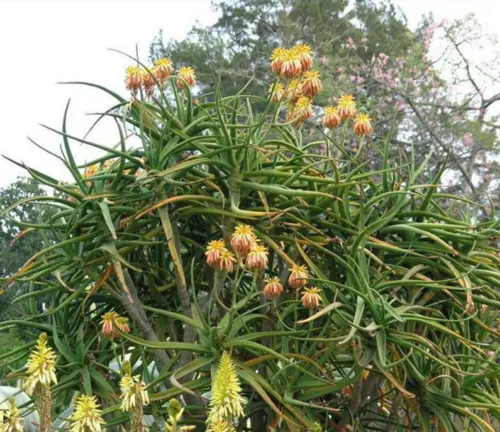
While Aloidendron barberae is the tallest and most tree-like, other species like the Quiver Tree also play important ecological roles in arid landscapes by providing shade, shelter, and food.
Where Do Tree Aloe Trees Grow?
Native to the southern regions of Africa, Tree Aloes thrive in a variety of habitats ranging from rocky hillsides to coastal forests. The species is especially prevalent in South Africa and Eswatini, where it grows at elevations of up to 3,000 feet. These trees are incredibly adaptable and can survive in both tropical and arid conditions, withstanding long periods of drought due to their water-storing leaves and thick bark.
Tree Aloes play a vital role in stabilizing the soil in their native habitats, reducing erosion on slopes and rocky areas. They also provide a microhabitat for various organisms, including insects, birds, and small mammals that find shelter among their branches or feed on their leaves and flowers. In harsh, arid regions, these trees are a key source of resources for local fauna.
How to Grow and Care for Tree Aloe
Growing a Tree Aloe can be a rewarding experience, as they are relatively low-maintenance once established. Here are some tips for success:

- Soil: Use well-draining soil, such as a sandy or gritty mix that mimics the natural habitat of aloes.
- Water: These trees are drought-tolerant and require minimal watering. Water sparingly, allowing the soil to dry completely between waterings.
- Sunlight: Tree Aloes prefer full sun but can tolerate partial shade in extremely hot climates.
- Propagation: Tree Aloes can be grown from cuttings, which is often easier than starting from seed. Allow the cuttings to dry for a few days to prevent rot before planting.
- Pruning: Trim dead or damaged leaves, and avoid overwatering to prevent root rot.
Ecological Benefits of Tree Aloe
Tree Aloes support ecosystems by:
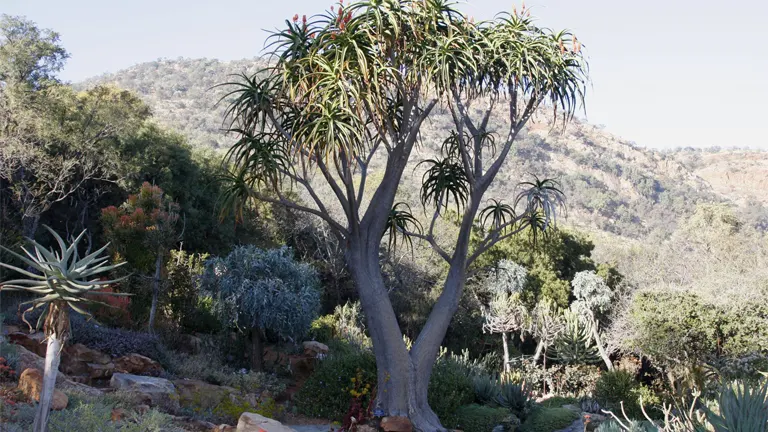
- Improving Soil Quality: Their fallen leaves and organic matter help enrich the soil.
- Preventing Erosion: The roots help stabilize the ground, especially on slopes.
- Supporting Biodiversity: The flowers provide food for pollinators, while the branches serve as habitats for small animals and insects.
By creating a small but rich ecosystem around them, Tree Aloes foster biodiversity in even the harshest landscapes.
Tree Aloe Flowering and Pollination
Tree Aloes bloom in winter, producing clusters of pink to orange tubular flowers that are rich in nectar, attracting various pollinators, including bees, birds, and butterflies. These pollinators help in the cross-pollination process, which supports genetic diversity in aloe species. The bright colors and tubular shapes of the flowers are especially suited to sunbirds, which play a crucial role in pollination.
Is Tree Aloe Drought-Tolerant?
The Tree Aloe is highly drought-tolerant due to its succulent leaves, which can store large amounts of water. It has evolved to survive prolonged dry periods and thrive in arid environments. When growing Tree Aloe in areas with limited water, deep but infrequent watering is ideal to encourage deep root growth, enabling the tree to tap into subsurface water sources.
Tree Aloe and Wildlife Interactions
Tree Aloes are an essential component of the ecosystem. Their flowers provide nectar to pollinators, such as bees and sunbirds, while their dense foliage and branch structures create habitats for insects, birds, and small mammals. The interaction between Tree Aloes and wildlife is a symbiotic relationship, as the tree relies on animals for pollination, and the animals depend on the tree for food and shelter.
Final Conclusion
The Tree Aloe is more than just a towering succulent; it is a keystone species that supports entire ecosystems. Through its ability to stabilize soil, provide shelter, and attract pollinators, Aloidendron barberae plays a vital role in the biodiversity of its native habitats. Additionally, it holds cultural value as a symbol of strength and resilience in African traditions. Preserving and cultivating Tree Aloe helps maintain biodiversity, combat desertification, and support environmental health, making it an invaluable resource for both nature and society.
Frequently Asked Questions (FAQs)
- What is the scientific name of Tree Aloe?
The scientific name is Aloidendron barberae, and it belongs to the Asphodelaceae family. - Where is the Tree Aloe native to?
Tree Aloe is native to southern Africa, particularly South Africa and Eswatini. - How tall can Tree Aloes grow?
They can reach heights of up to 60 feet (18 meters), making them the tallest species in the aloe family. - Is Tree Aloe drought-tolerant?
Yes, Tree Aloe is highly drought-tolerant due to its water-storing succulent leaves, which allow it to survive long dry periods. - What type of soil does Tree Aloe need?
Tree Aloe thrives in well-draining, sandy or gritty soil, which helps prevent root rot. - How does Tree Aloe benefit its ecosystem?
Tree Aloe helps stabilize soil, provides shelter for animals, and supplies nectar for pollinators like bees and birds. - When does Tree Aloe flower?
It flowers in winter, producing clusters of pink or orange tubular blooms that attract pollinators. - Can Tree Aloe be grown from cuttings?
Yes, it can be propagated easily from cuttings. Let cuttings dry before planting to avoid rot.
We hope this guide has highlighted the unique role of the Tree Aloe (Aloidendron barberae) in supporting biodiversity and resilient landscapes. Have experiences with Tree Aloe or ideas for its conservation? Share your insights below to help others appreciate this remarkable tree and its ecological value. Don’t forget to share this guide with others interested in protecting our natural world.



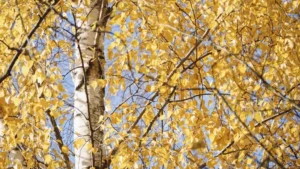
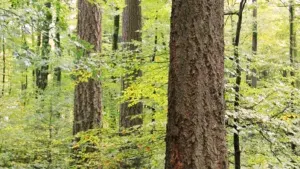
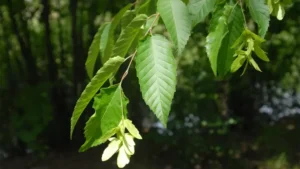
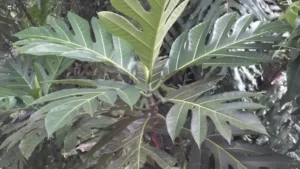

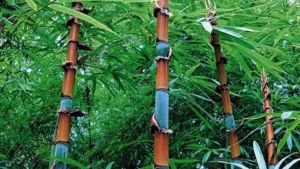


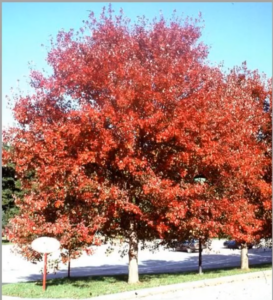
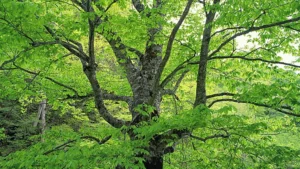
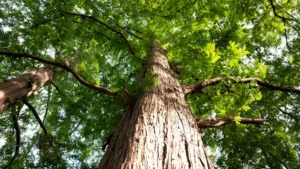
Leave your comment